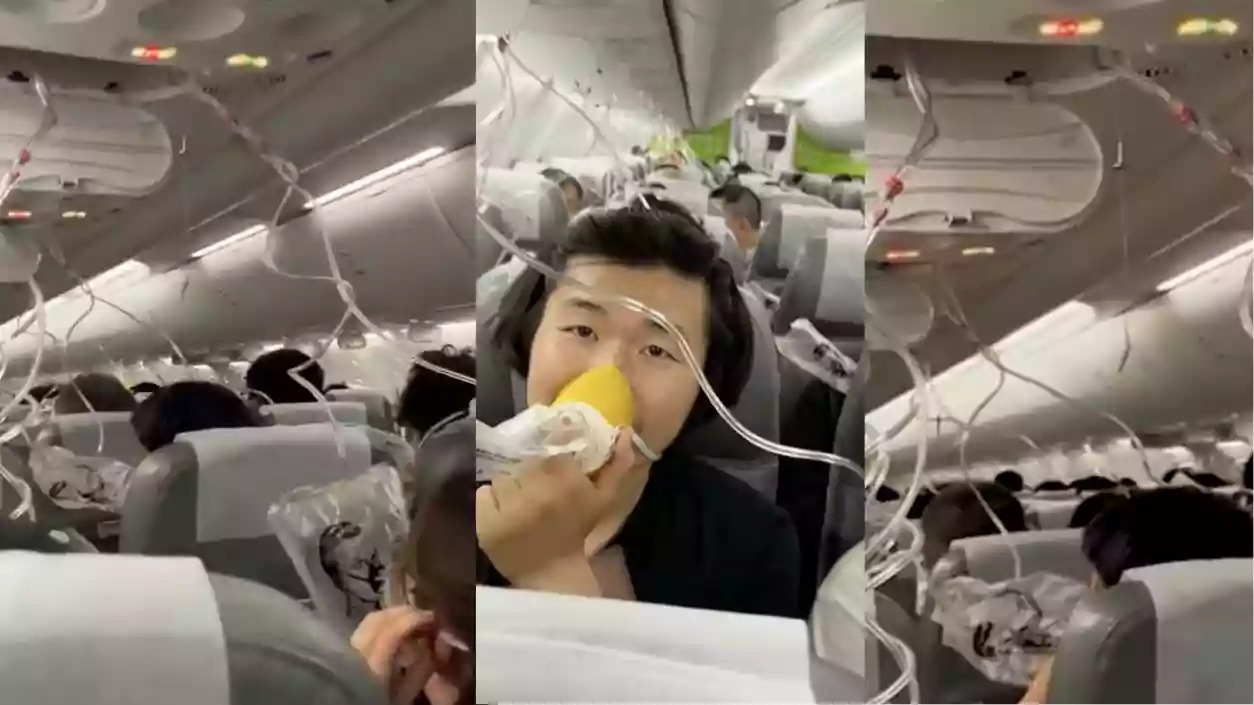Taaza TV Exclusive: Samik Bhattacharya says "BJP won't repeat 2021 mistakes" | Watch
.gif)
.gif)

A Japan Airlines flight travelling from Shanghai Pudong Airport to Tokyo Narita Airport on June 30 experienced a sudden mid-air descent of nearly 26,000 feet, prompting the deployment of oxygen masks and an emergency landing at Kansai International Airport in Osaka. The aircraft involved was a Boeing 737 operated under a codeshare agreement with Spring Japan, Japan Airlines' budget subsidiary. A total of 191 passengers and crew were onboard at the time of the incident.
The descent occurred at around 6:53 PM local time when the aircraft dropped from approximately 36,000 feet to under 10,500 feet within 10 minutes. A pressurisation system alert was triggered, and the pilot declared an emergency to air traffic control before diverting the flight. The plane landed safely in Osaka at 8:50 PM with no reported injuries. Passengers were provided overnight accommodation and ¥15,000 in transportation compensation.
Passengers described the experience as extremely distressing. One passenger stated, “I heard a muffled boom, and the oxygen mask fell off in a few seconds. The stewardess cried and shouted to put on the oxygen mask, saying the plane had a malfunction.” Another passenger said, “Suddenly, all the oxygen masks popped open while I was sleeping.” Several passengers reportedly sent their PINs and insurance details to family members during the descent.
Footage recorded by passengers showed people clutching oxygen masks as announcements were made by flight attendants. Some passengers reported being on the verge of tears, believing the situation could escalate further. Others were seen visibly shaken after landing, with many describing the drop as abrupt and frightening.
Authorities have initiated a formal investigation into the cause of the rapid descent and the aircraft's pressurisation malfunction. The Boeing 737 model involved in the incident is the same series as those linked to previous global aviation incidents, leading to renewed scrutiny of its operational safety.